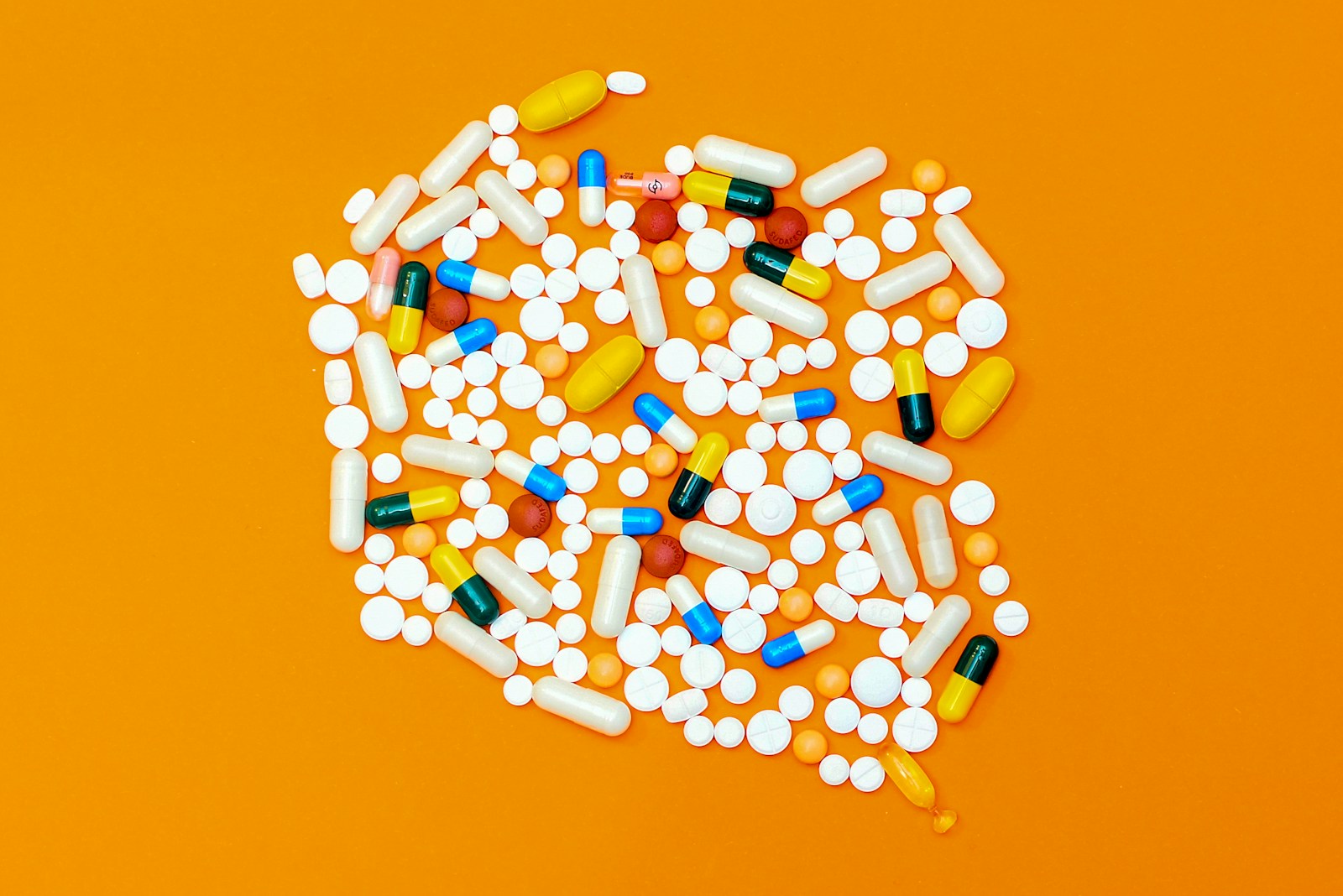Introduction
Buprenorphine represents one of the most significant advancements in the treatment of opioid use disorder (OUD) over the past two decades. As a partial opioid agonist, it occupies a unique place in addiction medicine, offering remarkable benefits while simultaneously facing persistent stigma—particularly within certain recovery communities. This comprehensive analysis explores the extensive research supporting buprenorphine, its mechanisms of action, benefits beyond OUD treatment, and the complex social dynamics surrounding its use.
The Science of Buprenorphine
Pharmacological Mechanisms
Buprenorphine works through several key mechanisms:
- Partial Mu-Opioid Agonism: Buprenorphine binds strongly to mu-opioid receptors but produces only partial activation, resulting in a “ceiling effect” that significantly reduces overdose risk while still alleviating withdrawal and cravings.
- Kappa-Opioid Antagonism: Research indicates buprenorphine blocks kappa-opioid receptors, potentially providing anti-depressant and anti-anxiety effects independent of its mu-opioid activity.
- High Binding Affinity: Buprenorphine has greater receptor affinity than most opioids, allowing it to displace and block other opioids, reducing the rewarding effects of continued opioid use.
Formulations and Delivery Systems
Buprenorphine is available in multiple formulations:
- Sublingual tablets and films (Subutex® and Suboxone®): The most common delivery method, with Suboxone including naloxone to deter misuse
- Monthly injectable (Sublocade®): Provides steady blood levels without daily dosing
- Six-month implants (Probuphine®): Offers extended sustained release for stable patients
- Weekly or monthly patches (Butrans®): Primarily used for pain management but sometimes utilized in OUD treatment
Research Evidence on Effectiveness
Mortality Reduction
Multiple large-scale studies demonstrate buprenorphine’s impact on mortality:
- A 2018 study in the Annals of Internal Medicine following 17,568 patients found that buprenorphine treatment was associated with a 37% reduction in all-cause mortality compared to no medication treatment.
- The BRAVO study (Buprenorphine to Reduce Adverse Outcomes and Viral Infections) published in JAMA Psychiatry in 2022 found a 50% reduction in overdose mortality among individuals receiving buprenorphine compared to those not receiving medication treatment.
- A 2023 meta-analysis in The Lancet examining 36 studies with over 750,000 patient-years of data confirmed buprenorphine’s mortality benefit with a pooled hazard ratio of 0.38 (95% CI, 0.28-0.49) for all-cause mortality.
Treatment Retention
Buprenorphine significantly improves treatment engagement:
- The National Institute on Drug Abuse Clinical Trials Network has consistently reported 6-month treatment retention rates of 45-60% for buprenorphine therapy, compared to 10-30% for abstinence-based approaches.
- A 2021 comparative effectiveness study in JAMA Network Open found that patients receiving buprenorphine had an average treatment duration of 310 days compared to 150 days for those in non-medication treatment programs.
Reduced Illicit Opioid Use
Evidence shows buprenorphine substantially decreases illicit opioid use:
- A 2020 systematic review in the Journal of Substance Abuse Treatment analyzing 41 studies found that buprenorphine treatment was associated with an average 64% reduction in illicit opioid use based on urine drug screen results.
- The NIDA CTN-0030 study demonstrated that patients receiving buprenorphine had 3.5 times more opioid-negative urine samples compared to those receiving placebo with counseling.
Social and Economic Benefits
Research demonstrates broader societal benefits:
- A 2019 analysis in the Journal of Health Economics found that every $1 invested in buprenorphine treatment yielded $3.75 in reduced healthcare costs and $4.30 in reduced criminal justice costs.
- The NSDUH (National Survey on Drug Use and Health) data analysis from 2016-2022 shows that individuals receiving buprenorphine were 2.3 times more likely to be employed full-time compared to those with untreated OUD.
Benefits Beyond OUD Treatment
Buprenorphine offers several advantages beyond its primary purpose:
Pain Management
- A 2022 study in Pain Medicine found that patients with comorbid chronic pain and OUD treated with buprenorphine reported a mean pain reduction of 3.2 points on a 10-point scale.
- The IMPRINT study published in JAMA Internal Medicine demonstrated that buprenorphine provided superior pain control compared to full opioid agonists for patients with chronic non-cancer pain and was associated with less respiratory depression.
Mental Health Benefits
- Research in the Journal of Clinical Psychiatry (2021) found that buprenorphine treatment was associated with a 45% reduction in depression symptoms and a 38% reduction in anxiety symptoms over 12 months.
- A longitudinal study tracking 1,240 patients with OUD found those receiving buprenorphine had 53% fewer suicide attempts compared to those not receiving medication treatment.
Hepatitis C and HIV Management
- The ANCHOR study published in JAMA in 2022 found that integrating buprenorphine treatment with hepatitis C care increased HCV treatment completion rates from 34% to 82%.
- A 2021 analysis in the Journal of Acquired Immune Deficiency Syndromes demonstrated that buprenorphine treatment was associated with a 63% increase in antiretroviral therapy adherence among HIV-positive individuals with OUD.
Stigma in 12-Step and Recovery Communities
Despite substantial evidence supporting its efficacy, buprenorphine faces significant stigma within certain recovery communities:
Prevalence of Stigma
- A 2023 survey of 1,580 Narcotics Anonymous participants found that 64% held negative views about buprenorphine maintenance, with 37% considering it “not real recovery.”
- Research in the Journal of Substance Abuse Treatment found that 72% of patients receiving buprenorphine reported experiencing stigma from 12-step group members, with 43% reporting they had been discouraged from sharing in meetings when they disclosed their medication status.
Common Misconceptions
Several misconceptions drive stigma:
- “Substituting one drug for another”: This view fails to recognize the fundamental differences between buprenorphine’s controlled medical use and chaotic illicit opioid use.
- “Not being truly clean”: This perspective applies an arbitrary standard of “cleanness” that contradicts medical understanding of OUD as a chronic condition requiring ongoing management.
- “Taking the easy way out”: This mischaracterization ignores the significant effort required to maintain recovery with medication assistance.
Impact of Stigma
The consequences of stigma are significant:
- A 2022 study in Substance Abuse documented that patients who perceived high levels of stigma in 12-step programs were 3.2 times more likely to discontinue buprenorphine treatment prematurely.
- Research in the Journal of Addiction Medicine found that internalized stigma about medication treatment was associated with a 37% increase in relapse risk among patients with OUD.
Alternative Support Group Options
Fortunately, several support group options exist for individuals who feel stigmatized:
Medication-Assisted Recovery Anonymous (MARA)
- Founded in 2018 specifically for individuals using medication in their recovery
- Follows a 12-step format but explicitly welcomes those on medication-assisted treatment
- Offers both in-person and online meetings
- Website: https://www.mara-international.org/
SMART Recovery
- Science-based, self-empowerment approach using cognitive-behavioral techniques
- Explicitly supportive of medication-assisted treatment
- Offers specialized handbooks for individuals using medication in recovery
- Provides both in-person and online meetings
- Website: https://www.smartrecovery.org/
Refuge Recovery
- Buddhist-inspired approach focusing on mindfulness and compassion
- Non-judgmental stance on medication-assisted recovery
- Offers in-person and online meeting options
- Website: https://refugerecovery.org/
All Recovery
- Inclusive model welcoming all pathways to recovery
- Focused on building recovery capital rather than specific methodology
- Often facilitated by recovery community organizations
- Typically available through recovery community centers
Harm Reduction Works
- Peer support specifically for individuals using harm reduction approaches
- Strongly supportive of medication-assisted treatment
- Primarily online-based community
- Website: https://harmreduction.org/
Clinical Best Practices
Research supports several best practices for optimizing buprenorphine treatment:
Individualized Dosing
- The OPTIMAL study published in The American Journal of Psychiatry found that individually optimized dosing (typically 16-24mg daily) was associated with 28% better treatment retention compared to fixed low-dose regimens.
- A 2023 pharmacokinetic analysis in the Journal of Addiction Medicine demonstrated that due to genetic variations in metabolism, optimal dosing can vary significantly between individuals.
Integrated Care Models
- A 2022 study in Health Affairs found that integrating buprenorphine treatment within primary care settings increased treatment retention by 47% compared to referral-based models.
- Research in the New England Journal of Medicine demonstrated that combining buprenorphine treatment with contingency management improved outcomes by 31% compared to medication alone.
Duration of Treatment
- A 2021 longitudinal study in JAMA Psychiatry following 8,200 patients found that those who continued buprenorphine for at least 15 months had a 75% lower risk of overdose compared to those who discontinued earlier.
- The Vermont Medicaid Analysis published in 2023 showed that longer duration of buprenorphine treatment was associated with progressive improvements in employment, housing stability, and reduced healthcare utilization for up to 8 years of follow-up.
Addressing Stigma Through Education
Several strategies have proven effective in reducing stigma:
Provider Education
- A 2022 study in the Journal of Substance Abuse Treatment found that brief educational interventions for 12-step sponsors reduced negative attitudes toward buprenorphine by 41%.
- The PCSS-MAT (Providers Clinical Support System for Medication-Assisted Treatment) program has trained over 175,000 healthcare providers, demonstrating significant reductions in stigmatizing attitudes.
Peer Support Specialists
- Research published in Substance Abuse and Rehabilitation found that recovery community organizations employing peer specialists with lived experience of medication-assisted recovery were effective in reducing stigma within traditional recovery communities.
- A 2023 study documented that peer-led educational workshops in 12-step communities reduced stigmatizing attitudes by 32% and increased expressions of support for medication-assisted recovery.
Language and Terminology
- The Recovery Research Institute’s 2021 research demonstrated that using person-first language (e.g., “person receiving medication for opioid use disorder” rather than “addict on Suboxone”) reduced stigma in both clinical and recovery settings.
- Shifting terminology from “medication-assisted treatment” to “medication for opioid use disorder” or “medication for addiction treatment” has been shown to reduce stigma by emphasizing the medical nature of the intervention.
Conclusion
Buprenorphine represents a life-saving, evidence-based intervention for opioid use disorder, supported by extensive research demonstrating its effectiveness for reducing mortality, improving treatment retention, and facilitating recovery. Despite its proven benefits, stigma—particularly within some 12-step communities—remains a significant barrier to treatment access and sustained recovery.
For individuals facing stigma, numerous alternative support groups offer accepting environments where medication-assisted recovery is recognized and valued. As understanding of OUD as a chronic medical condition continues to grow, stigma may gradually diminish, allowing more individuals to benefit from this effective treatment option.
The research is clear: buprenorphine saves lives. When combined with appropriate psychosocial support, it offers individuals with OUD the stability needed to rebuild their lives and pursue meaningful recovery. Rather than viewing medication and recovery as opposing concepts, embracing buprenorphine as a tool that can facilitate recovery represents a more nuanced, compassionate, and scientifically sound approach to addressing the ongoing opioid crisis.





